Pal's World
Unity Engine | iOS | Solo Project (with Art Contributor)
About The Game
Pal's World is a charming 2D restaurant management RPG developed for iOS. Inspired by the beloved Al's Burger Shack at UNC, the game invites players to run their own burger joint. The core gameplay loop involves greeting and seating customers, taking orders, managing a cooking queue, and serving food to create a satisfying and successful restaurant experience.
Media Showcase
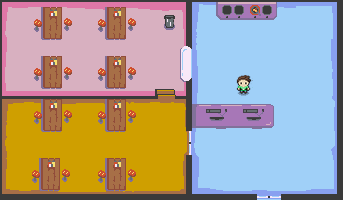

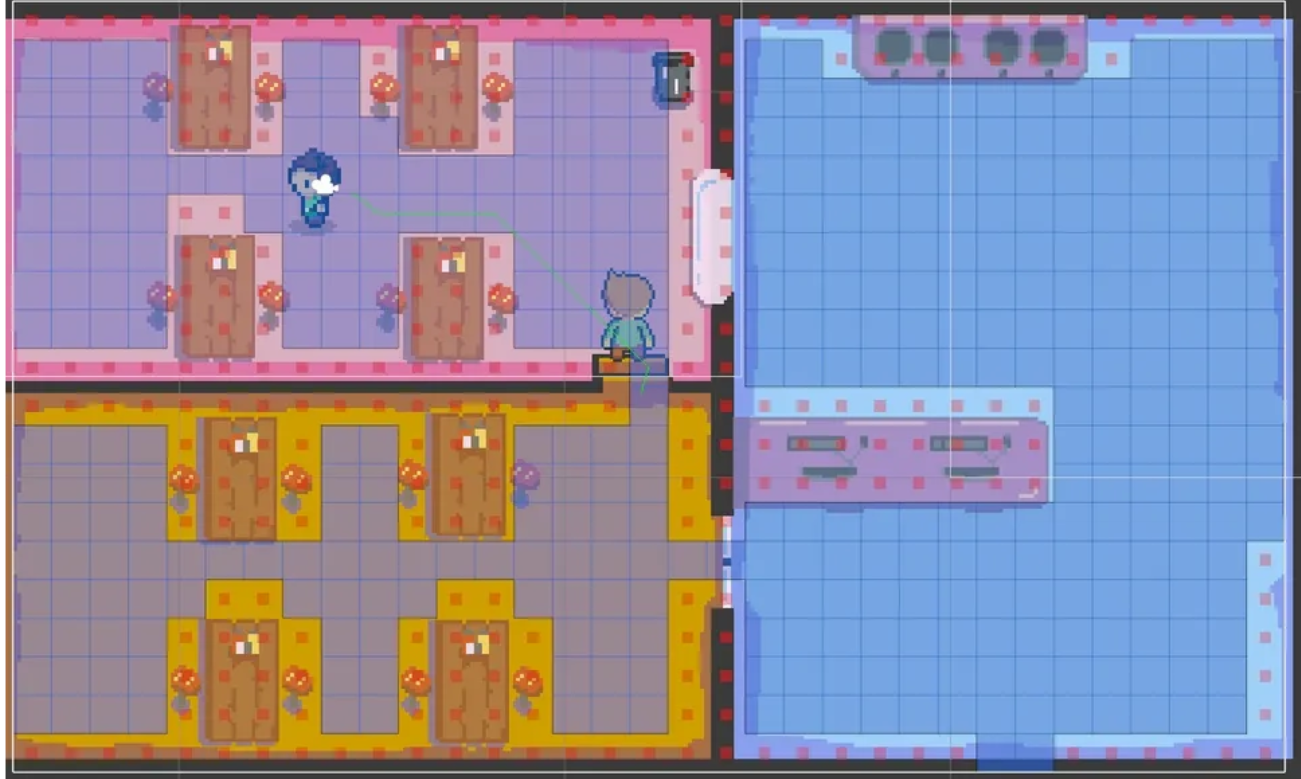
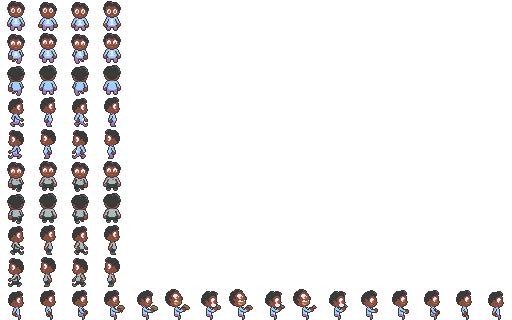
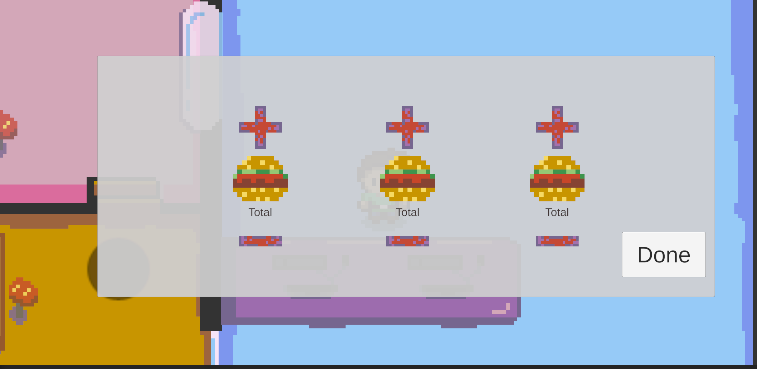
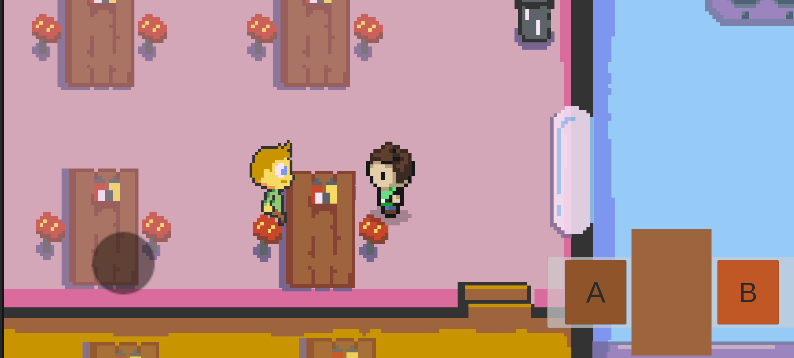
My Role & Technical Contributions
As the primary developer, I was responsible for all programming, game design, and UI/UX implementation.
-
Gameplay Systems: I programmed the entire core gameplay loop in C#, including player controls, the state machine for customer behavior (entering, ordering, eating, leaving), and the interactive queue system for managing food orders.
-
Customer AI & Pathfinding: I initially planned a manual, node-based pathing system for customer movement. Recognizing this was inefficient and not scalable, I researched and integrated the A* Pathfinding Project. I configured this powerful tool to generate a dynamic navigation grid, enabling customers to intelligently avoid walls, furniture, and other obstacles when moving to their tables.
-
UI/UX Implementation: I designed and built the game's user interface from scratch using Unity's UI tools. This included an intuitive interaction system where objects like tables highlight upon approach, triggering a context-sensitive UI panel that allows the player to seat customers.
-
Art & Animation Direction: I created the initial set of 2D environment assets to define the game's visual style. I also successfully collaborated with an artist to source 27 animated character sprites, and then adapted their template to create additional NPC sprites, ensuring a consistent aesthetic.
Lessons Learned
-
The Value of Robust Tools: The customer pathfinding was a critical challenge. My initial plan to create manual paths for 16 different seats would have been incredibly time-consuming and rigid. By researching and implementing the A* Pathfinding Project, I learned the importance of leveraging established, professional tools to solve complex problems efficiently. This saved significant development time and resulted in a far superior and more flexible system.
-
Designing for Player Feedback: Creating the system for seating customers taught me the importance of clear visual communication. By making tables darken and displaying a simple UI upon player proximity, I provided immediate and intuitive feedback, making the core interaction feel responsive and easy to understand.
-
Collaboration and Scalability: Working with an artist who provided character sprites was a massive boost to the project's quality. It underscored the power of collaboration and taught me how to integrate assets from others into my workflow. This experience also pushed me to ensure my own systems were scalable enough to handle a wide variety of character art.